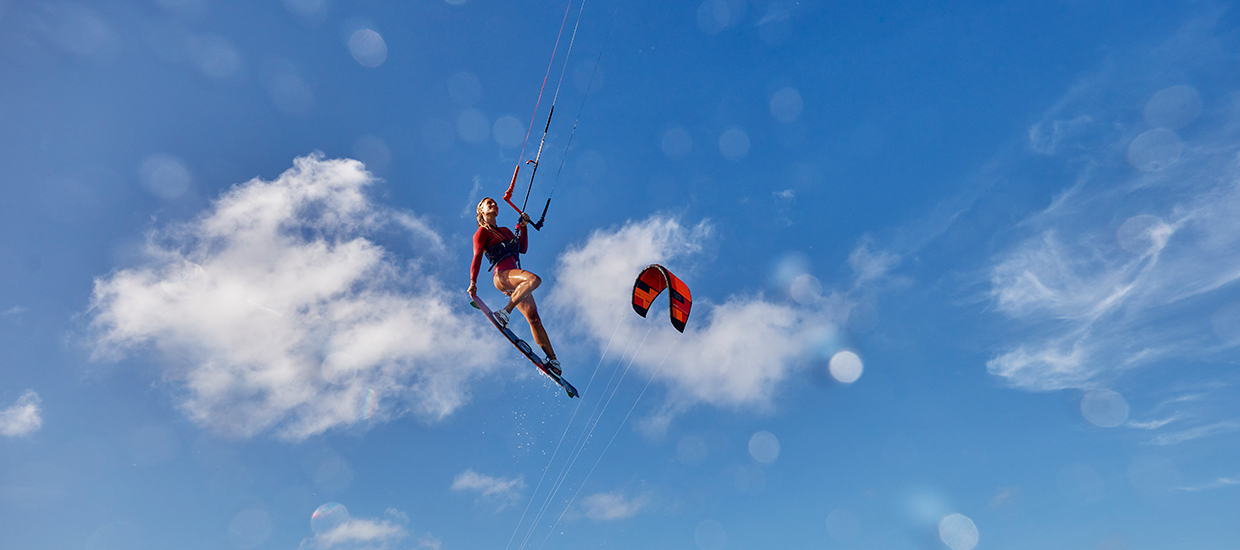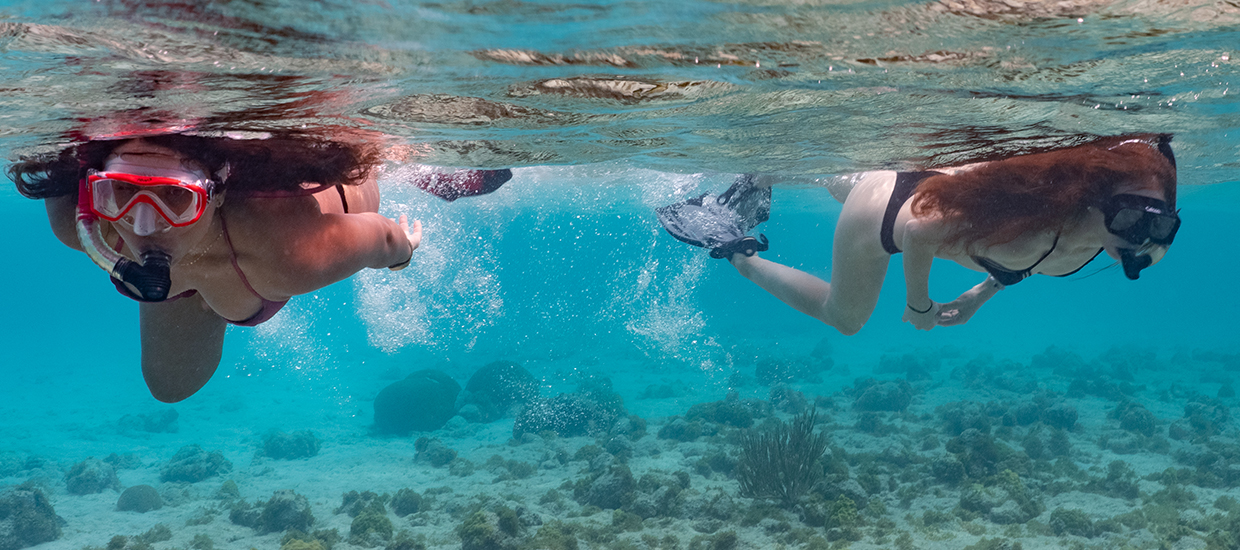Return to Travel
Travelers and the industry both ask: Are we there yet?
June 9, 2021
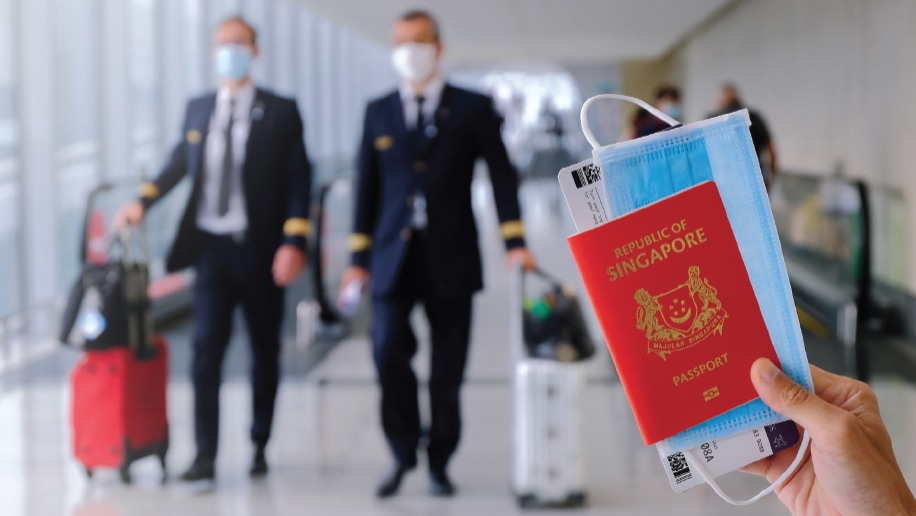
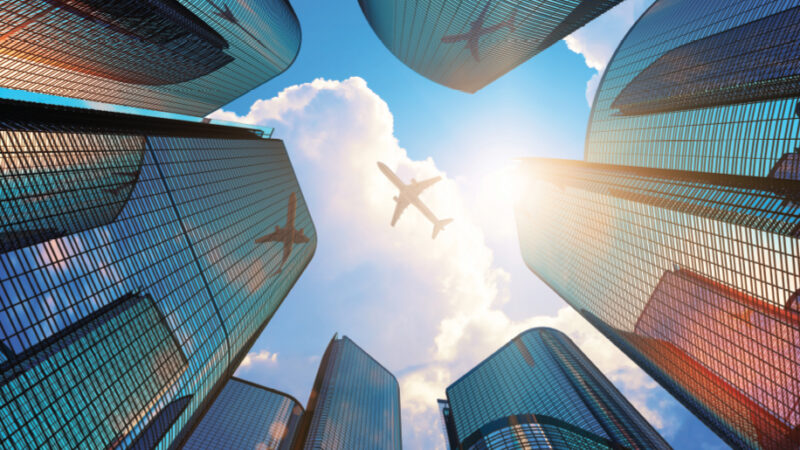
Open up any newspaper, magazine or even a website such as businesstrastg.wpengine.com these days and you will find no shortage of studies showing just how eager Americans are for getting back to travel. Terms such as revenge travel, seismic travel, remote travel, and solo travel are cropping up to describe the new climate for travel that is as changeable as the weather.
Yes, like the proverbial show, travel must go on. There are companies to rebuild, connections to re-bridge and a level of confidence to rediscover that will reassure all of us – no matter where we live or what our purpose – that the sun will come up tomorrow. You might call it post-pandemic perambulations or travel after COVID. And you might call it “The New Normal” in travel, at least for now.
As planes fill up, including occupying middle seats and serving passengers drinks, and as hotels and resorts are ratcheting up rates to meet rising occupancies, we look at what’s in store for travel in the coming weeks, months and even years. Are we looking at a new normal or a temporary one? A world draped in face masks, health passports and a lingering air of COVID paranoia and distrust? Or a Herculean vaccination effort that succeeds in creating herd immunity, beating the disease once and for all, allowing the world to get back to business?
The verdict is still not in, but so far at least the news has been good. Domestic flights are nearly 77 percent full, on average, according to trade group Airlines for America. Carriers are ramping up flights and routes – United recently announced it was closing in on 80 percent of its pre-pandemic route network – and international travel, however tentative that may be, is about to get a big boost from the European Union as borders open up, one by one, mostly to vaccinated travelers.
“Pre-pandemic, the issue was overcrowding at airports that were operating over their planned capacity,” says Michael Taylor, travel intelligence lead at J.D. Power. “Airlines had done a fantastic job maximizing the load on flights, which is key to profitability. No flier likes a packed aircraft, but that’s not the way to operate a financially successful airline,” Taylor explains.
“Despite this, airlines have made great strides purchasing more comfortable aircraft with better in-flight entertainment and connectivity. Even the food has improved. Now, as we emerge from this pandemic, even with lighter loads, the traveling public has the greatest concern of infection onboard an aircraft. The ability to control who comes in and out of one’s personal space is key to controlling concern over infection,” Taylor says. “That’s hard to accomplish on an aircraft.”
Aviation industry expert and president of The Aviation Agency Bryan Del Monte is concerned about the short term difficulties in travel after an era marred by an extreme lack of stability and predictability.
“Personally, I rarely flew during the pandemic, but when I did those flying were basically calm, patient and disciplined. Unfortunately I do not think it will last long, and the 1,300 percent spike in people being arrested and charged with felonious conduct onboard aircraft would seem to be strong evidence my hunch is correct,” he warns.
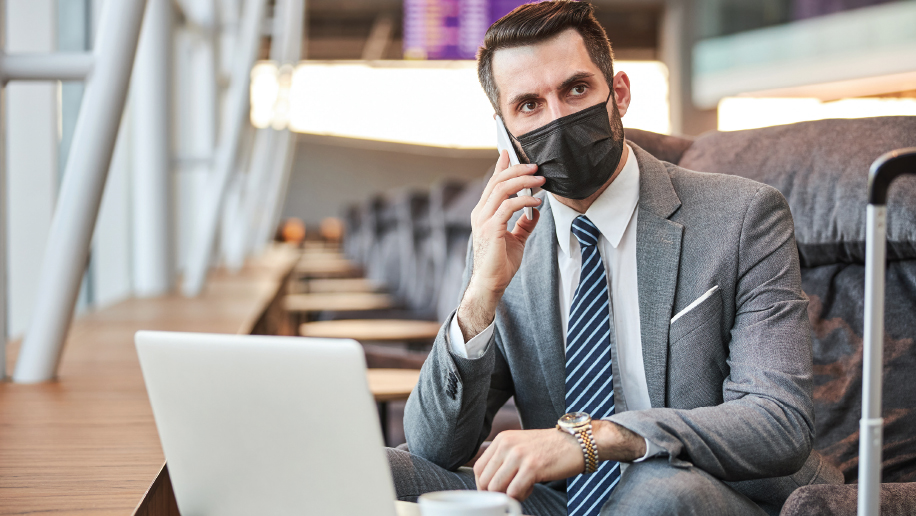
Mask Mayhem
In the emerging conditions of traveling again, mask-wearing on aircraft is inevitably in that future. Currently, it is a requirement for boarding and passage, and is being enforced with a zero-tolerance response from airlines. In an interview with the New York Times last month, the FAA noted it had received more than 1,300 unruly-passenger reports from airlines in the months since February. In the previous decade, the agency said it took enforcement actions against a mere 1,300 passengers total.
“High fares, diminished capacity, lines, hassle, and people acting out on planes – that is what I see,” added Del Monte. “Eventually, I expect prices and capacity to stabilize and travel to be whatever the ‘new normal’ is going to be. It will likely involve a health check along with a security screening – and a long march back to having lots of direct flights that are point-to-point to places all across the US and the world.”
The travel that’s returning in the early stages is made up of leisure consumers who are mostly about visiting friends and family, and getting out for a short vacation while air fares are still tempting. It has not been about business travel, which, for airlines, usually accounts for 12 percent of bookings but 77 percent of the revenues. In a recent interview with the Wall Street Journal, Delta CEO Ed Bastion bemoaned a $12.4 billion loss for the airline last year – more than any other US carrier. Still, Bastian waxed optimistic. “A lot of people are interested in getting back and reclaiming their life,” he said. “Just getting back out is cathartic.”
Return to Business?
Bastian added he expects to see US business travel returning steadily as domestic businesses start to open. “We’re only right now at 25 percent to 30 percent of where we should be. I think by the end of the year it will be at least twice that. International business is going to probably be another year from now.”
But what that looks like among corporations is anyone’s guess. According to the latest polls from the Global Business Travel Association, the world’s largest business travel association, 77 percent of companies surveyed had undergone a range of layoffs. Of employees still on the job, some three-quarters say they are ready to travel again. Another 10 percent or so indicated they were not willing, or unsure.
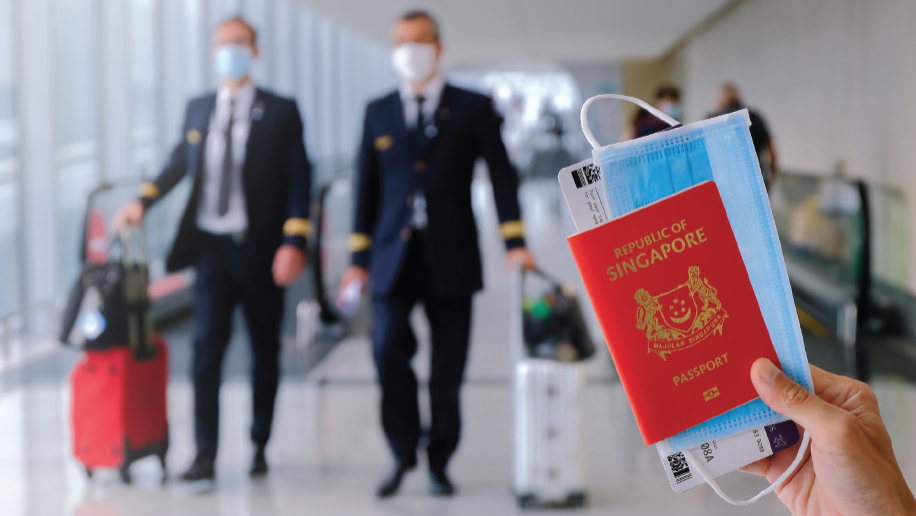
Michael McCormick, former executive director and COO of the association, is now heading up the Travel Again project, a non-profit enterprise aimed at uniting the global travel industry to restore consumer and corporate confidence in travel. McCormick believes appropriate legislation and more government involvement in the travel sector can help the country and world ease into the positive new normal the industry seeks.
“As an industry, travel is arguably one of, if not the largest, industry in terms of jobs and people and scope, and you have a lot of representation out there that is focused on the industry. But people in each of the sectors are staying in their lane. In travel we don’t come together very much, not holistically, not globally. So we have needed a different approach and more toward government partnerships and cooperation. We are not all on the same page and that makes it challenging to deal with these issues as an aggregate industry,” he says.
In fact, McCormick maintains we’re not even at the starting point of recovery yet. We’re still in pre-recovery mode.
“It’s a hard message because people want to be optimistic. They want to feel like, ‘we’re back!’ Suppliers are saying, ‘I’ve got travelers coming on to my planes and into my hotel rooms and it’s like, yes! It’s happening!’ But until we get to a better point with vaccine distribution, and an environment that is stable enough and not having setbacks, and until international travel – specifically international business travel – reopens, we’re not living through a true recovery. We’ve seen downturns before and the driver of the recovery is always international outbound business travel. This is a global economy.”
Facing It
The DHL Global Connectedness Index as reported in the Harvard Business Review this spring underscored that the COVID-19 pandemic is not likely to send the world’s global economies into the troughs seen in the 2008-09 global financial crisis. However, the only part of the index showing an unprecedented collapse due to COVID-19 is people flows. The report notes “managers in multinational corporations should pay special attention over the medium-term to effects of travel restrictions on internal team functioning and learning and innovation. Remember that global teams are more vulnerable than domestic teams to misunderstandings and breakdowns of trust, especially after long periods without in-person contact.”
Much of that in-person contact starts with meetings and conferences, a $100 billion trade before last year. It is now trickling back with a heavy emphasis on social distancing and cleaning protocols and a mishmash of vaccination and testing requirements.
Hybrid meetings – mixing some onsite presence with a robust virtual component – is likely to be the norm for a while. Certainly, that was the approach at the recent World Travel & Tourism Council Summit in Cancun, Mexico, in April, which attracted more than 600 attendees from more than 40 countries. COVID-19 tests were taken by delegates upon arrival, during the event and upon departure. Two individuals tested positive on arrival and were declined admittance into the “summit bubble.” Mask wearing and physical distancing were enforced.
Chris Nassetta, president and chief executive officer of Hilton Corporation, keynoted the event as WTTC chair. He stressed the need for countries to work together toward widespread vaccination and streamlined systems of travel health credentials – things that need to happen before we can even begin defining a new normal in travel.
“The development of vaccines is really a modern miracle,” Nassetta said. “We know this needs to be a coordinated effort. Credentialing systems and widespread effective testing are going to help reduce the need for quarantining, allowing travelers to move safely and more freely around the world, and it’s going to be important that we work together with countries, and with the private sector all over the world,” he added.
At an Ernst & Young hospitality conference, Nassetta added some travel predictions:
• Things will be a lot like how they once were but it’s hard to know what all will be. Certainly there will be some structural changes; for example there may be more leisure travel.
• Meetings and events: There will be more hybrid meetings in the future, with larger virtual presence, because it’s effective at getting messaging out to broader audiences.
• The trends that were already underway will only be accelerated post-pandemic. There will be greater use of technology (what Nassetta called ‘physigital’ – physical and digital) interacting with a physical experience, for example contactless services.
• Capital spending within corporate America trends will lead to growth in room nights.
• Megatrends: people are very interested in buying experiences rather than things, and as pent up demand is unleashed, more leisure travel should increase.
“The pandemic made people question if the Golden Age of travel was dead. The new era of travel is coming,” Nassetta emphasized. “Recovery is going to be fast. People haven’t lost their desire for experiences. There’s a pent up demand. Globalization will pick up steam again. Hospitality will create immense growth and opportunity around the world.”

